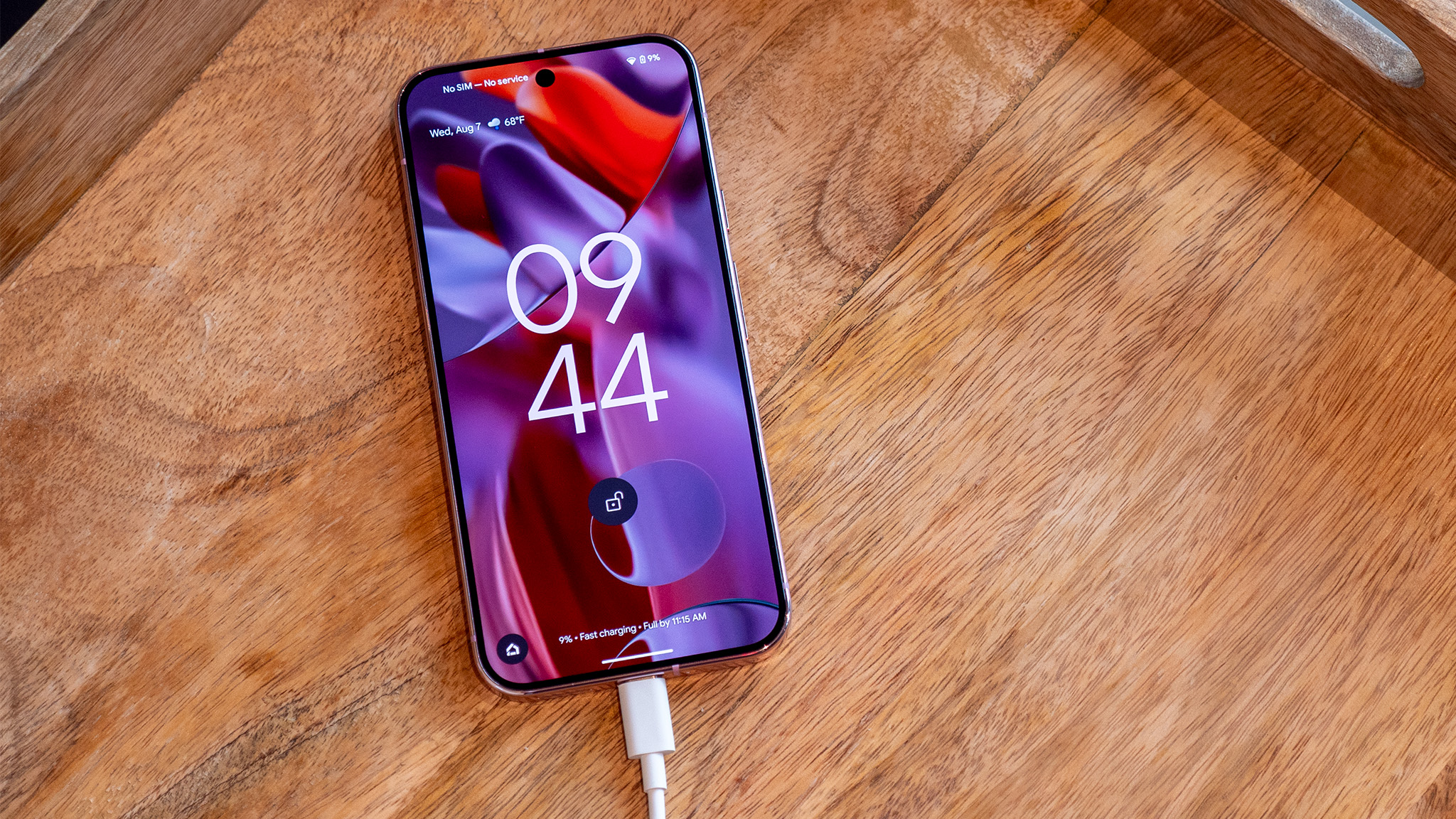Wear OS 3 finally fixes the problems Android watches have had for years
But only on Exynos processors, for now.
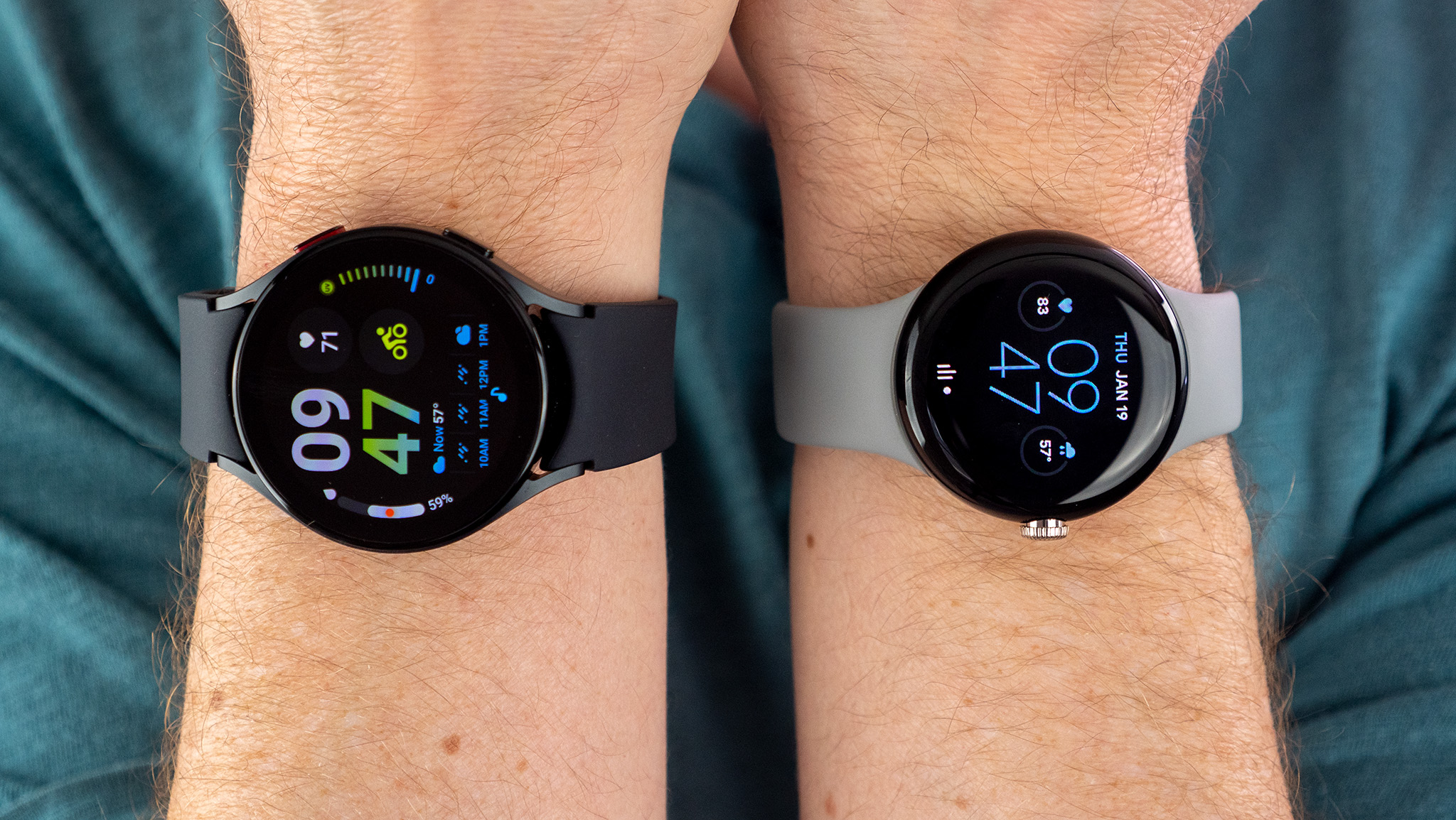
It's been a very, very long time since I've enjoyed owning a smartwatch. The biggest problem was that, no matter what operating system I tried, Android smartwatches were just such second-rate experiences. Whether that was Wear OS, Samsung's Tizen, or one of the many fitness-focused brands, nothing felt particularly nice to wear on a daily basis.
That all changed with Wear OS 3, but I was late to the party by well over a year. Now, that doesn't mean I hadn't used one before, it was just that I didn't care too much after so many years of disappointment. I modeled the Galaxy Watch 4 at our hands-on session and also got my paws on the Galaxy Watch 5 at that hands-on.
But that all changed when I got a Google Pixel Watch and a Galaxy Watch 5 around Christmas time about a month ago. Since then, I've spent every day wearing one of these watches and marveling at just how much better the experience finally was. Wear OS 3 — particularly on the three watches I've mentioned so far — is a dream come true.
It's actually good. Like, really, really good
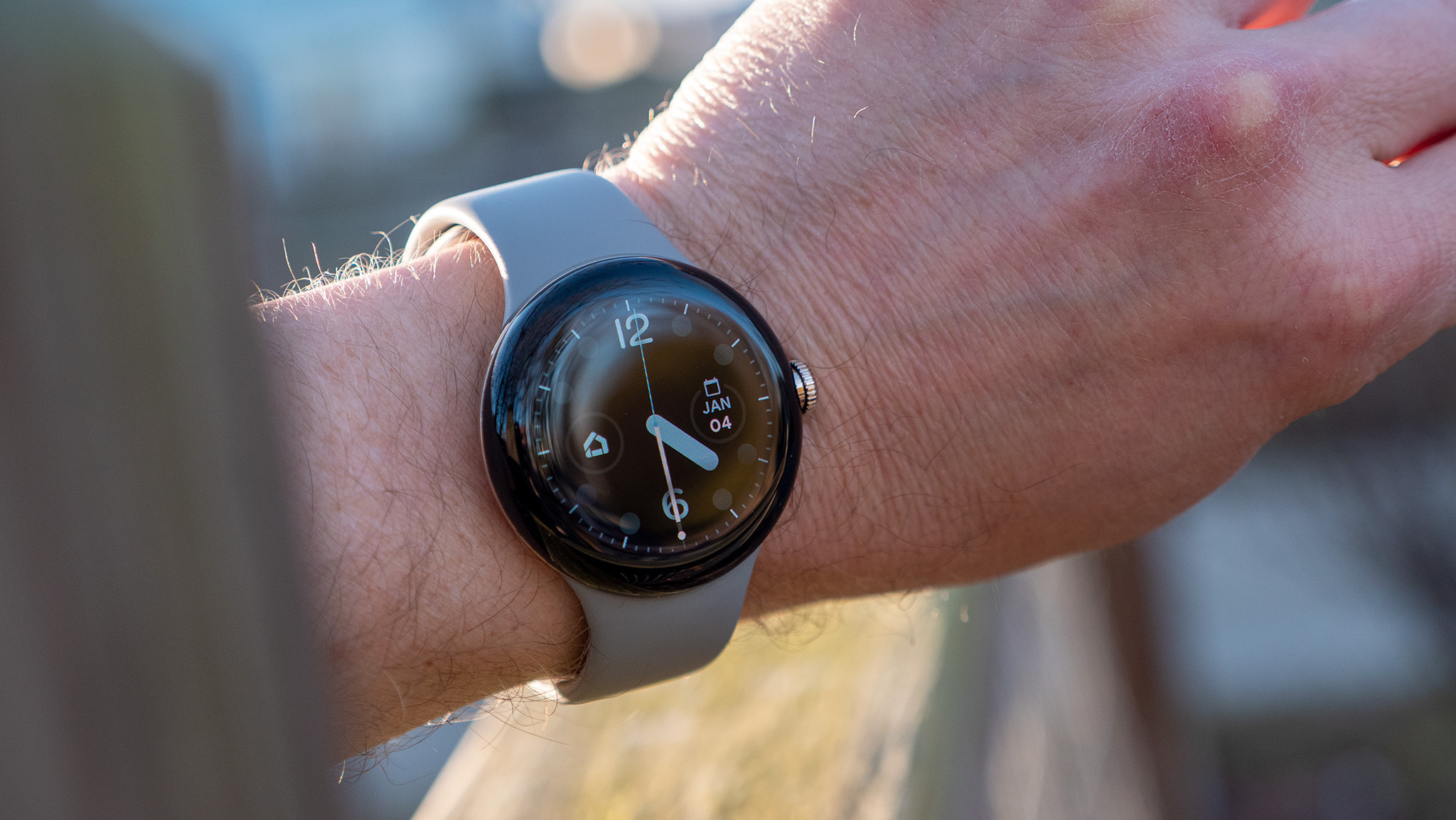
When I asked for the Pixel Watch for Christmas, I was taking a huge gamble. This was a tight year and it was the only Christmas present I'd be getting since it was so expensive. Did I really want to roll the dice on yet another smartwatch after being disappointed by so many through the years?
To my great surprise, I couldn't be much happier with the decision. The Pixel Watch is the best watch I've used in ages — and the Galaxy Watch 5 is even better, even though I prefer the style of the Pixel Watch.
Both are fast, fluid, responsive, and actually useful for everything a smartwatch is supposed to do. Scrolling through menus is liquid smooth — just like a smartphone — and loading apps fresh, switching between multiple apps, and even downloading new apps is an enjoyable experience. I simply cannot say that for any Wear OS watch before them.
No Wear OS watch has been as fast, fluid, or responsive as the Pixel Watch or Galaxy Watch 4 and 5.
For the sake of brevity, I'm going to focus mostly on the Pixel Watch since it's now my preferred daily driver, although the Galaxy Watch 5 will give you far more features for the money.
Be an expert in 5 minutes
Get the latest news from Android Central, your trusted companion in the world of Android
The joy started from the moment I turned it on. The haptics are exactly what I've been wishing for on a smartwatch for years — one that isn't called an Apple Watch, of course. The crown gently vibrates when turned, and menus and other interactions are thoughtfully made and vibrate when tapped. It feels like I'm interacting with some physical layer within the digital watch.
My joy only continued during setup, which was the easiest, least complicated smartwatch setup I've ever gone through. I didn't have to put both passwords in for my Google accounts. I didn't need to say yes to even the most basic permissions. Everything signed in automatically and it just worked. I've had problems with all of these things on Wear OS 1 and 2; the constant permission-nagging portion being the most annoying part of all.
What's cooler than unlocking the front door from your watch? Almost nothing.
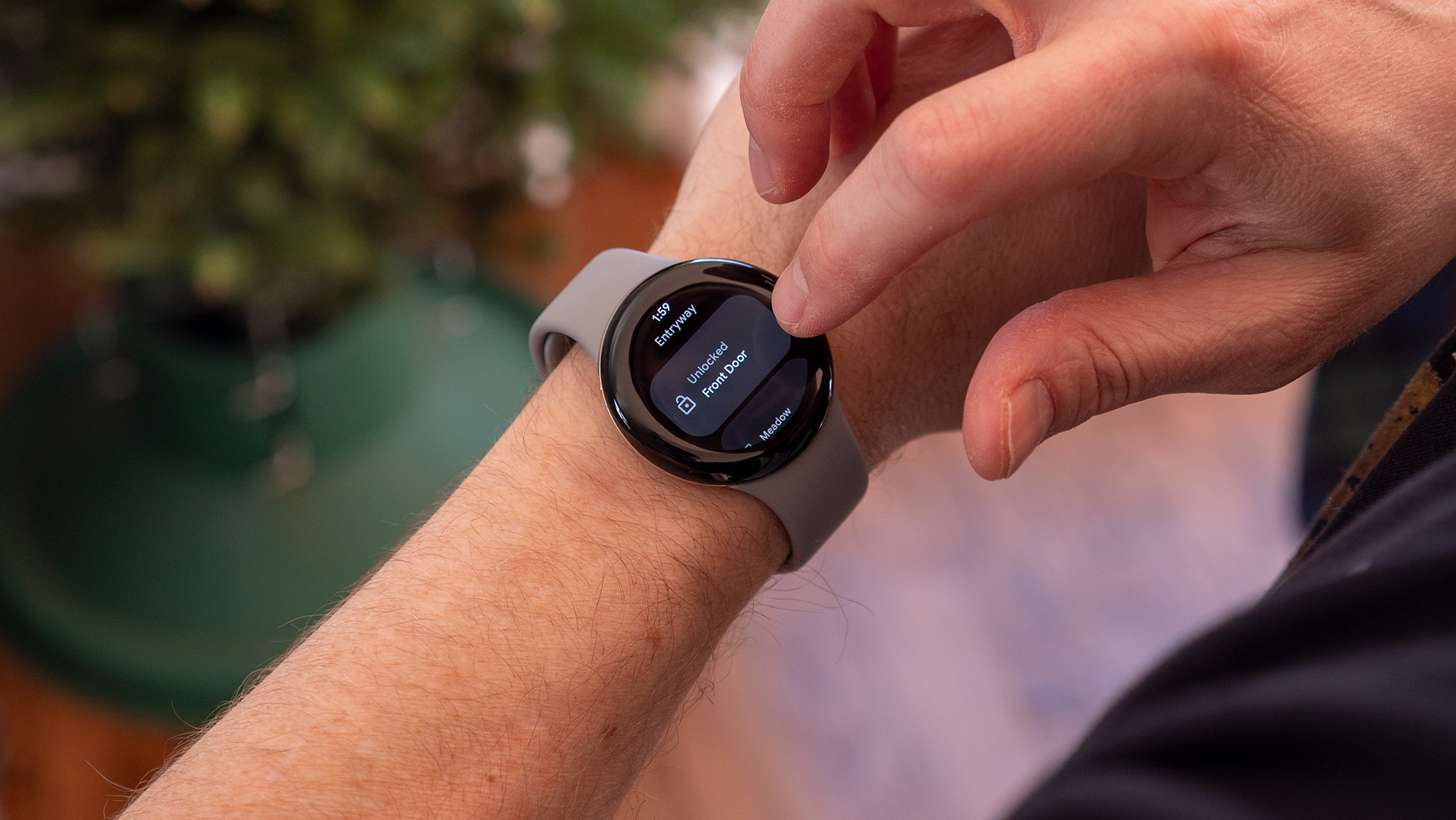
Aside from being buttery smooth — something no Qualcomm smartwatch I've used can claim — there are so many little niceties and thoughtful designs littered around the UI.
Google Assistant actually works. I press and hold the smaller button on the side and Google Assistant appears within a second. It properly hears commands and executes them in a timely fashion. Again, something that hasn't been the case on Wear OS watches since Google Assistant was born.
Oh, and voice dictation when replying to texts also works. Every. Single. Time. Again, something that regularly failed on other Wear OS watches I've had over the years.
Google Assistant actually works. Again, something that hasn't been the case on Wear OS watches since Google Assistant was born.
The always-on display always shows the time and yet doesn't navigate away from whatever you were previously doing. Likewise, most things you do on the watch have the time pinned right at the top. It's like the watch understands it's a watch first and not just an extension of my smartphone.
Other parts of Wear OS that only sort of worked in the past — like tiles — are now more usefully designed. On the Pixel Watch, you can get to Tiles from the watch face by swiping either left or right, meaning you can put the most used tiles on either end of the carousel.
Previously, it was a linear carousel that you had to scroll to the left for, so getting to the end of the carousel might have taken 10 or more swipes. I've used these tiles countless times over the past month and they save me from having to scroll through the list of apps just to do simple tasks.
Lastly, is task switching. While the task switcher button could be designed better on the Pixel Watch, the act of switching tasks is joyous. Tap the button once to bring up a menu of recent apps. Tap it two times to quickly switch back to the previous task. It works. It makes sense. It's about time.
But it's not so great for everyone
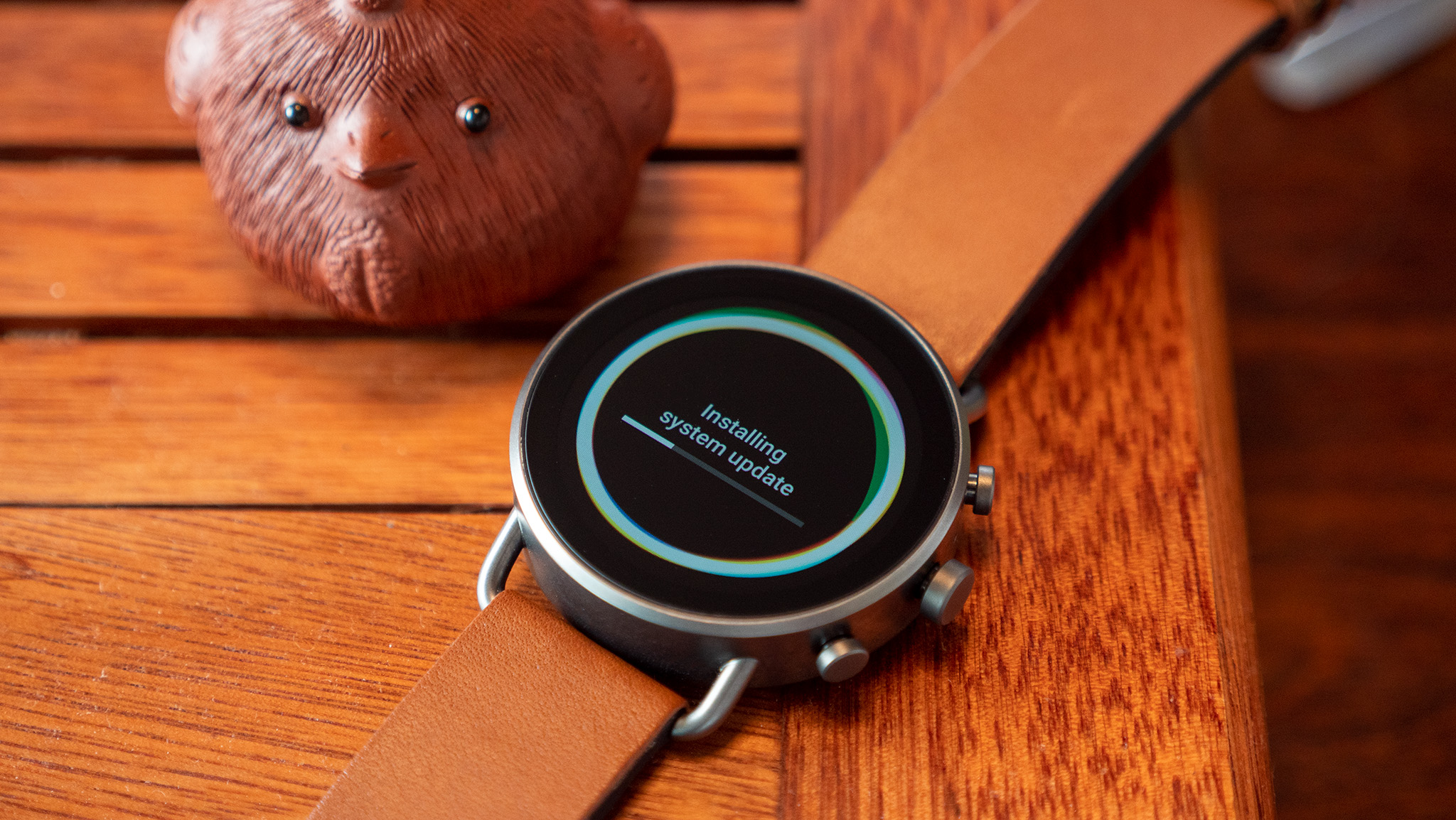
With all that said, not everyone with a Wear OS watch is going to get the same great experience. About a week ago now, the Skagen Falster Gen 6 finally got its Wear OS 3 update and I couldn't wait to see how much better the watch would be. After all, the Pixel Watch feels next-gen and it's using a four-year-old processor.
Turns out, Wear OS 3 on a Qualcomm smartwatch still isn't all that great. Yes, it's the same OS with all the same great features and UI improvements that ship with the Pixel Watch — and, to a lesser extent, the Galaxy Watch 4 and 5 — but the performance is still about as bad as I remembered.
The 5-year-old Exynos processor in the Pixel Watch well outperforms any of Qualcomm's wearable processors right now.
While it's hard to point a finger and pit the blame on any one specific party, I have a sinking feeling that Qualcomm's wearable chipsets just have never been very good and we've almost always blamed Wear OS for Qualcomm's problems.
Whether it was abysmal performance, poor battery life, or lack of important features like a continuous heart rate sensor, Qualcomm seems like it's been seriously behind the competition in the wearables space.
Of course, some of this could be favoritism on Google's part since it co-developed Wear OS 3 alongside Samsung. During that process, the OS was built first specifically for Samsung's own wearables, debuting on the Galaxy Watch 4 in August 2021. Since then, the only non-Samsung watch to launch with it pre-installed is the Google Pixel Watch.
Considering all of those watches — including Samsung's Galaxy Watch 5 line — are powered by Samsung's own Exynos processors, it's pretty clear that Wear OS 3 is still favoring Samsung hardware at a base level.
After all, it's pretty telling when the chipset in the Pixel Watch — a chipset that was announced in August 2018 — outperforms the Snapdragon 4100+, a chipset that was announced more than two years later.
My hope is that Qualcomm's Snapdragon W5+ Gen 1 is finally the wearable chipset we've been waiting for from the company. W5 was announced last Summer and still has yet to appear in any smartwatch in the West. Only the OPPO Watch 3 has it in China. Mobvoi was supposed to release a new TicWatch with the chipset at the end of 2022 but we have yet to see that materialize.
While Wear OS 3 is the massive upgrade I've been waiting years for, existing Qualcomm-powered smartwatches certainly don't seem to be a good fit for it. If you want an actual good smartwatch experience right now, your best bet is something powered by an Exynos chipset from Samsung or Google.
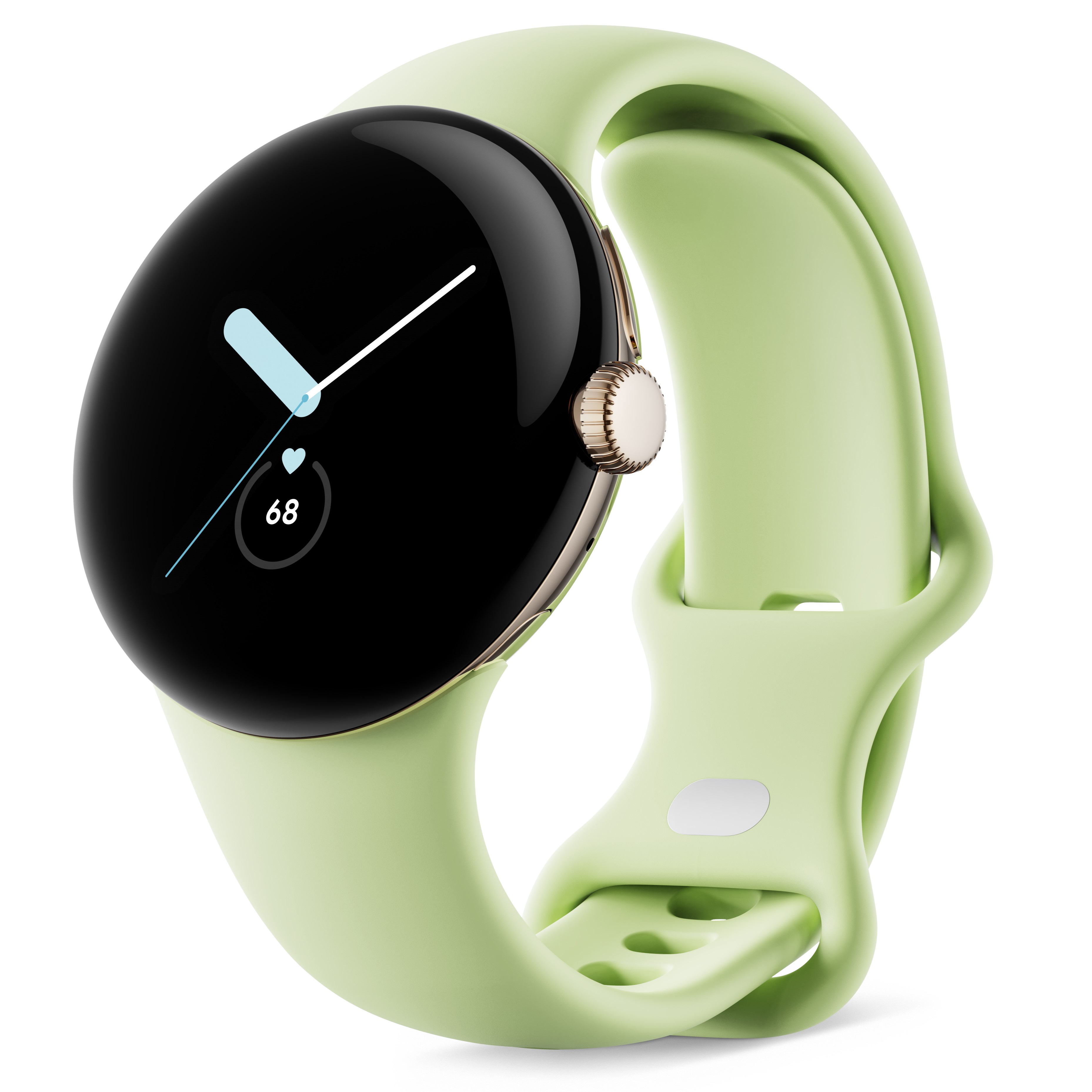
The Pixel Watch is finally here and it's even more gorgeous than we expected. It's got blazing fast performance, Google Assistant built in, and a great new wearable OS that you'll actually want to use.

